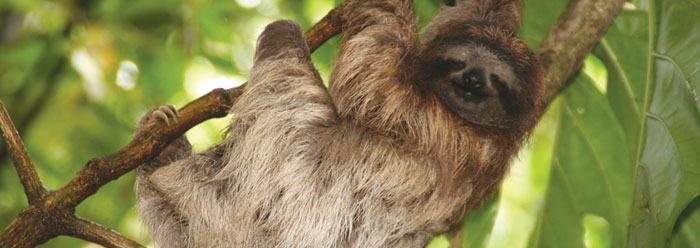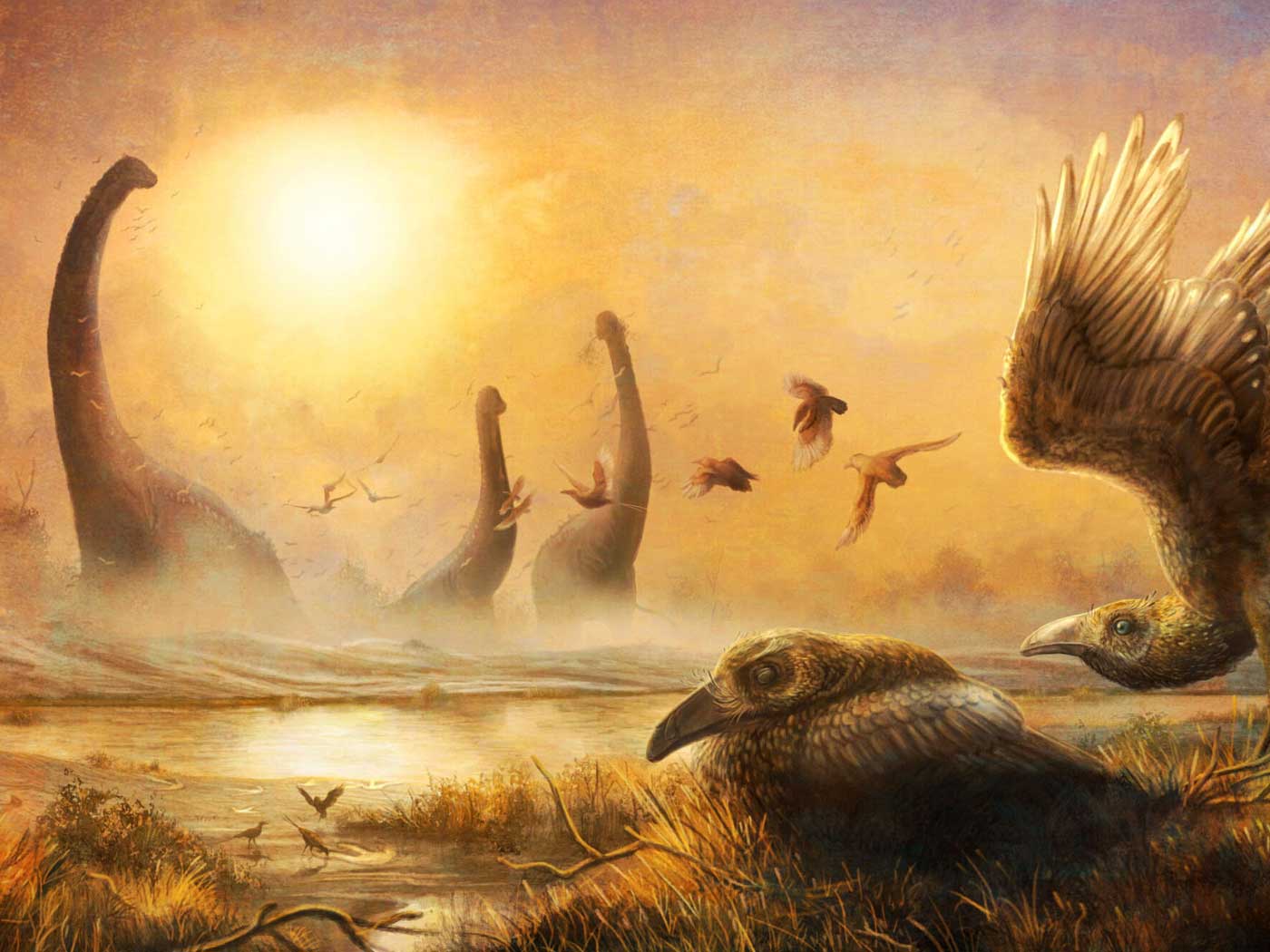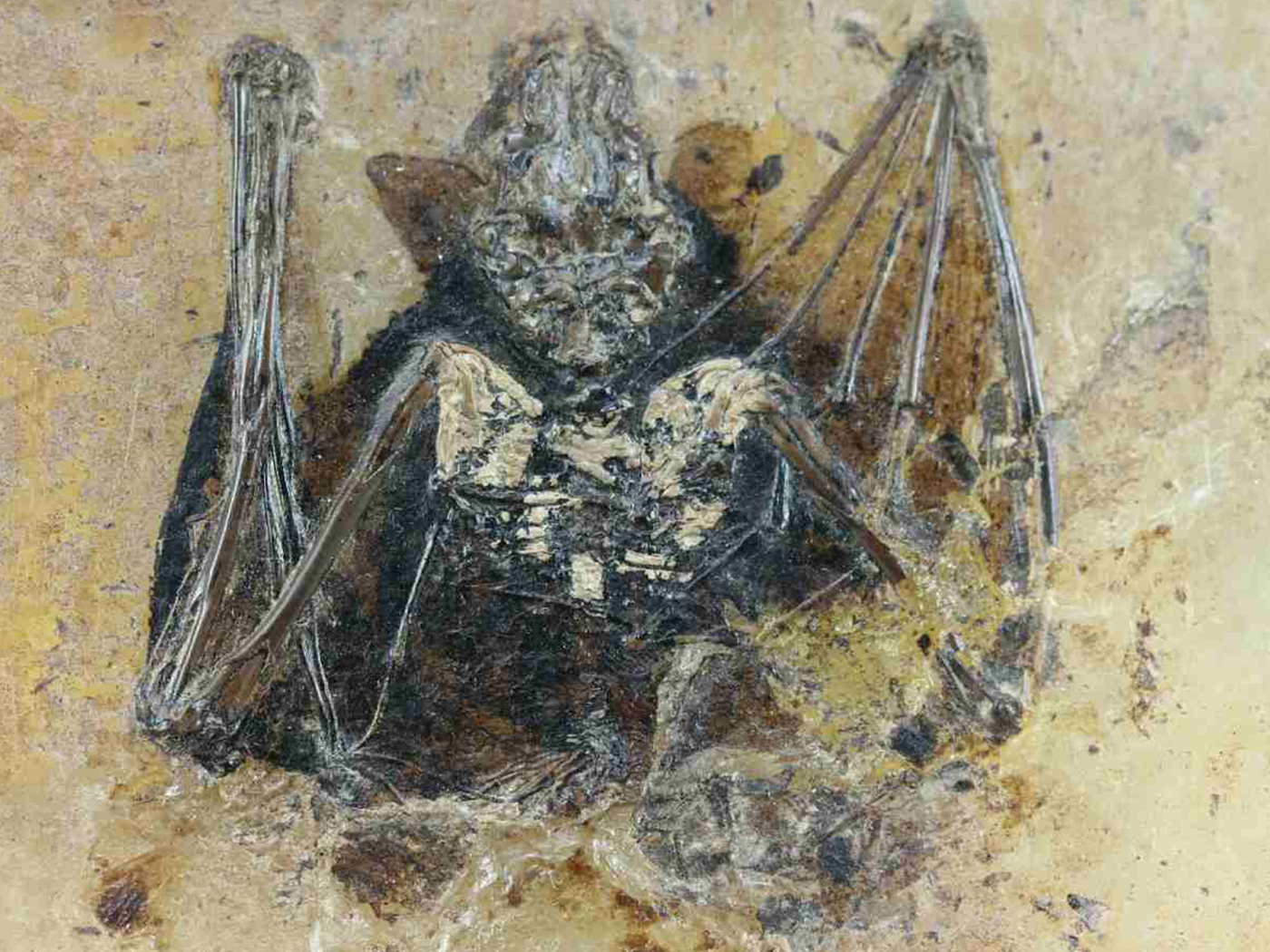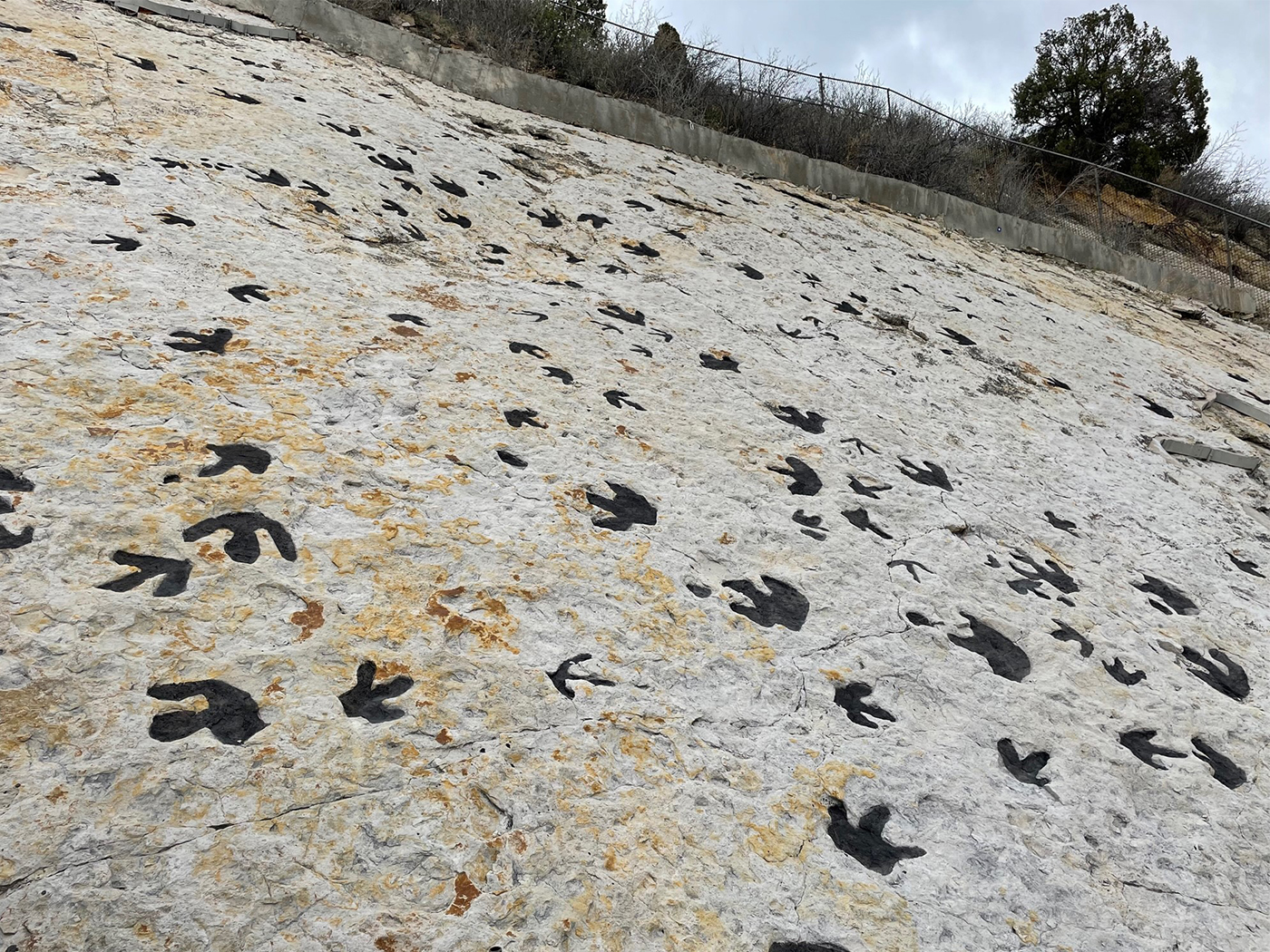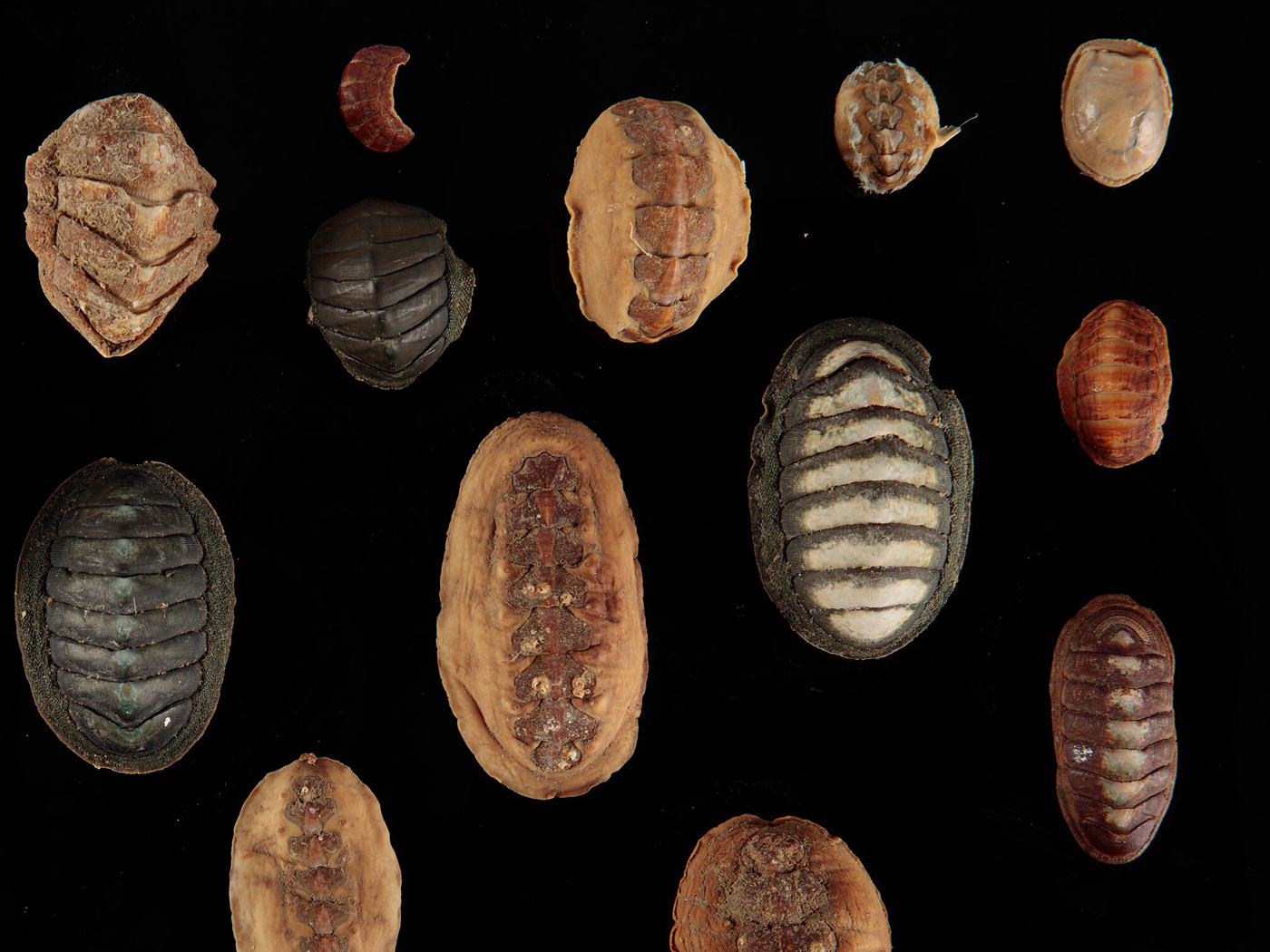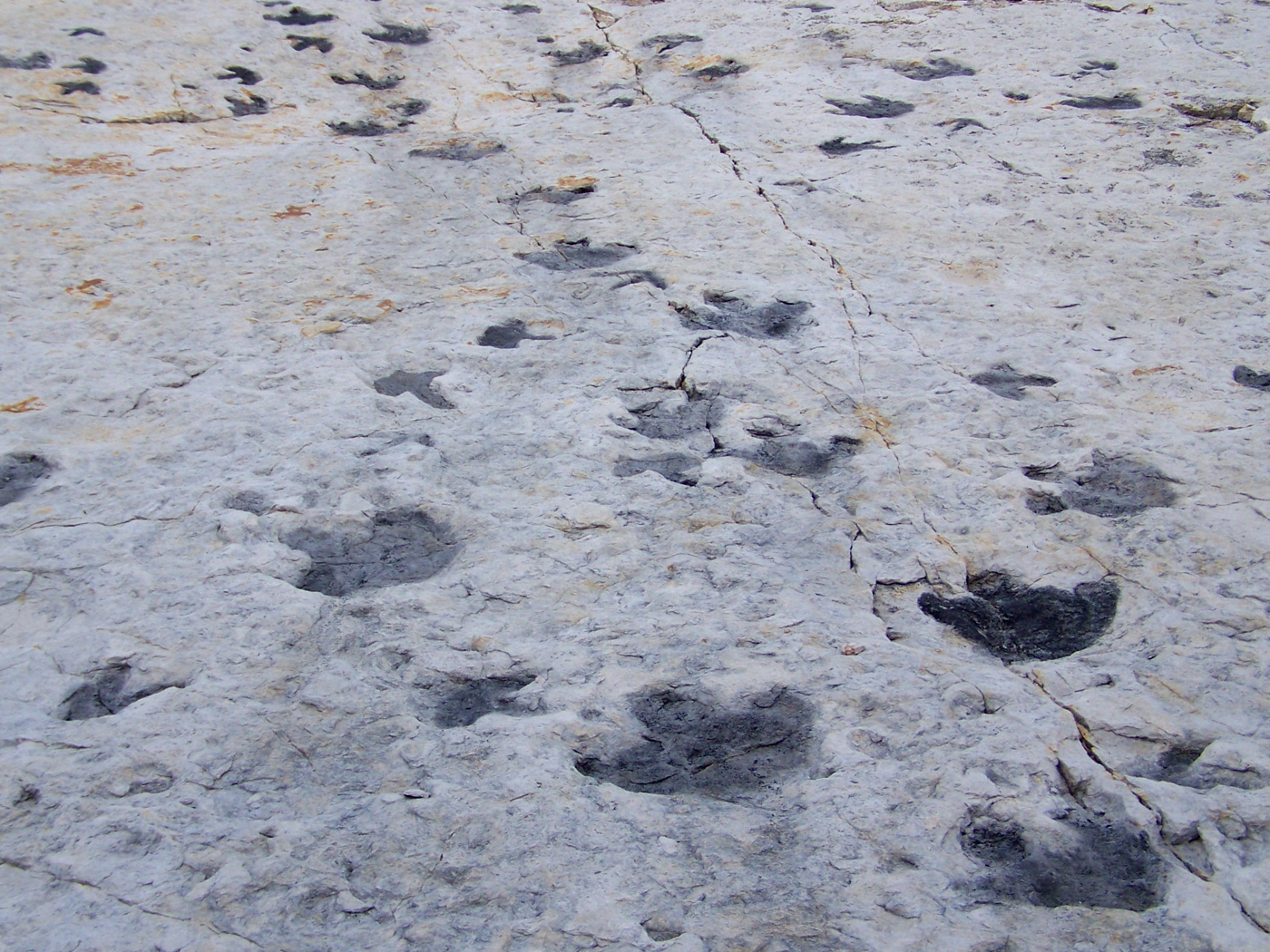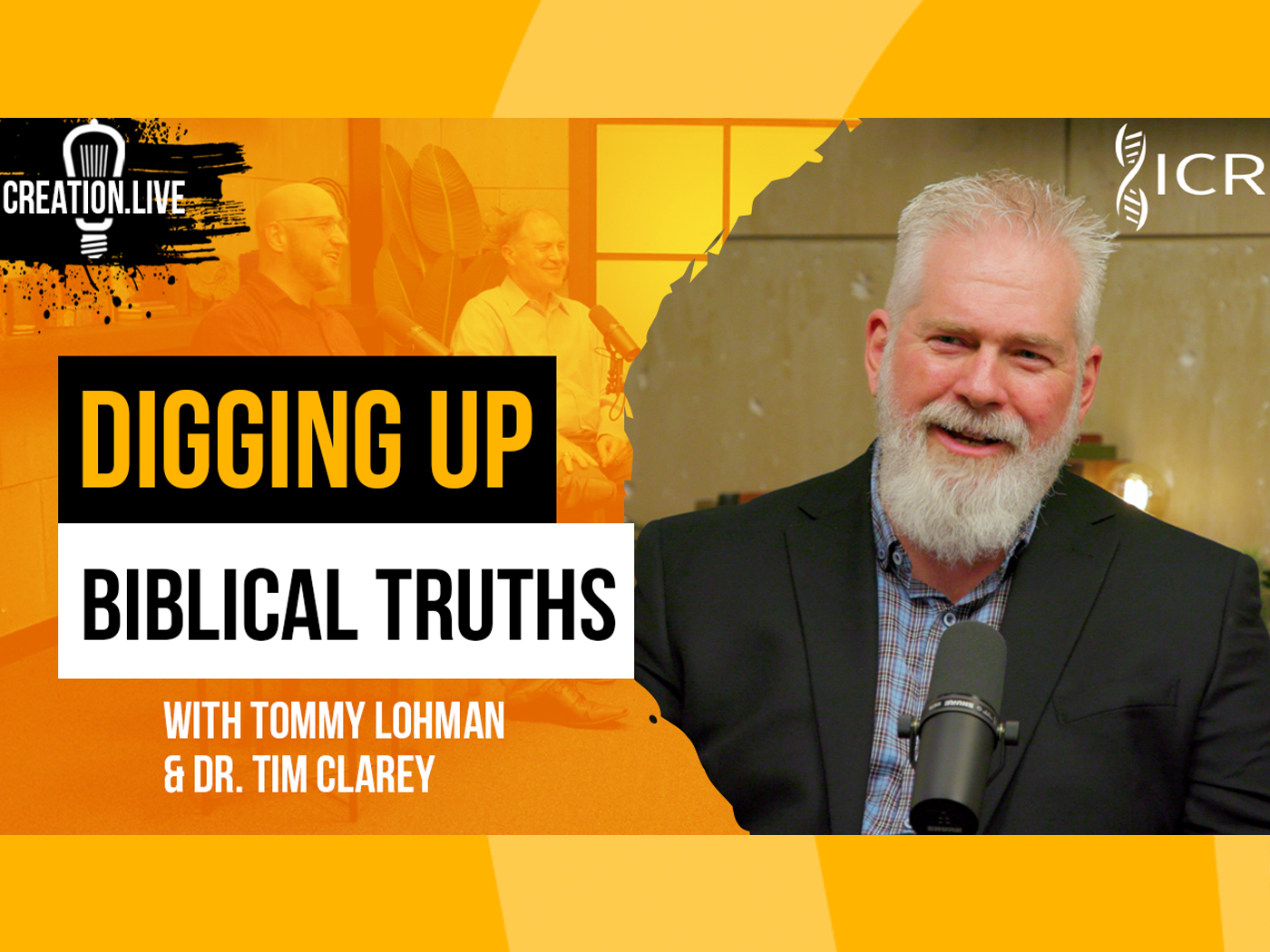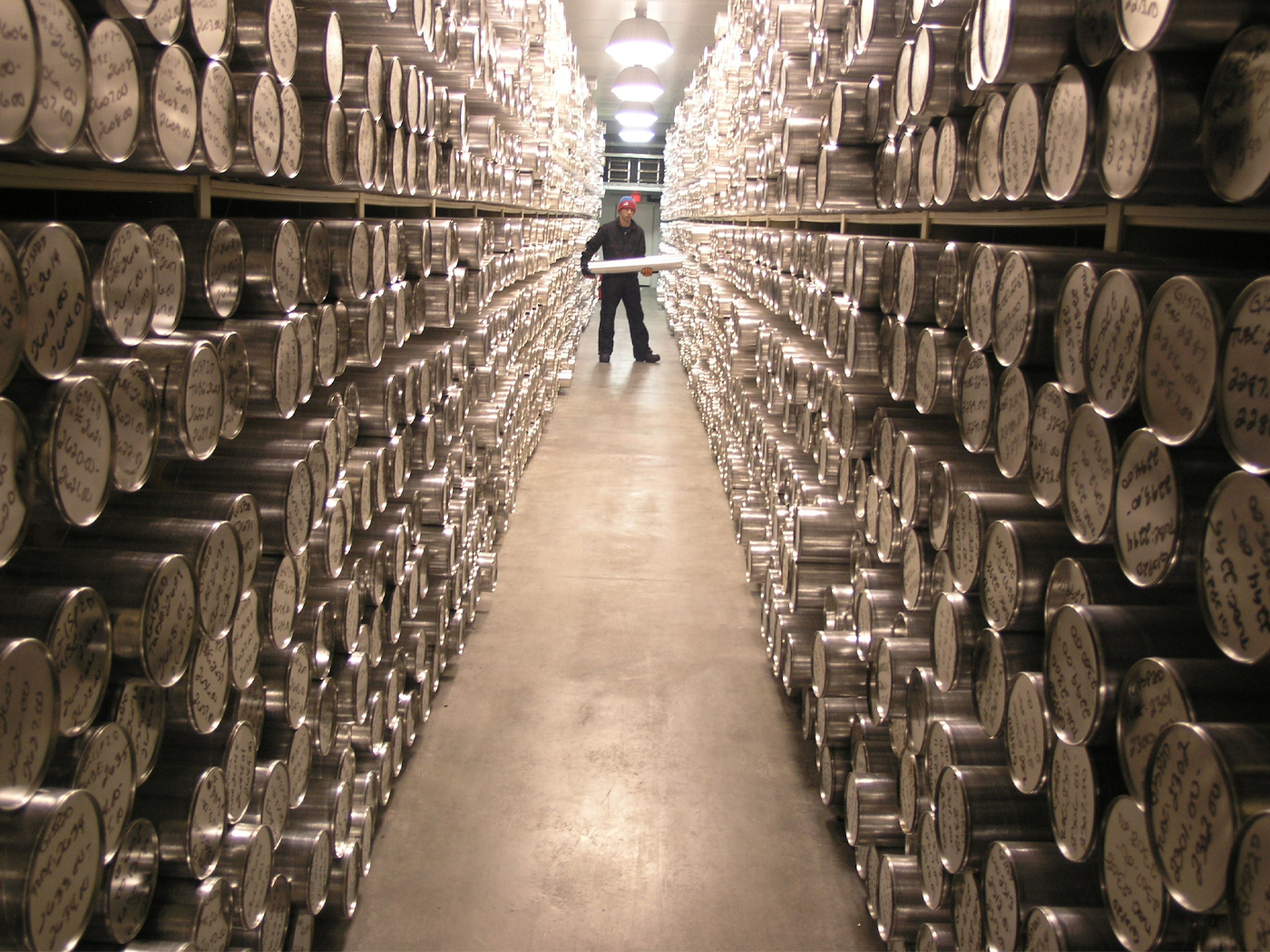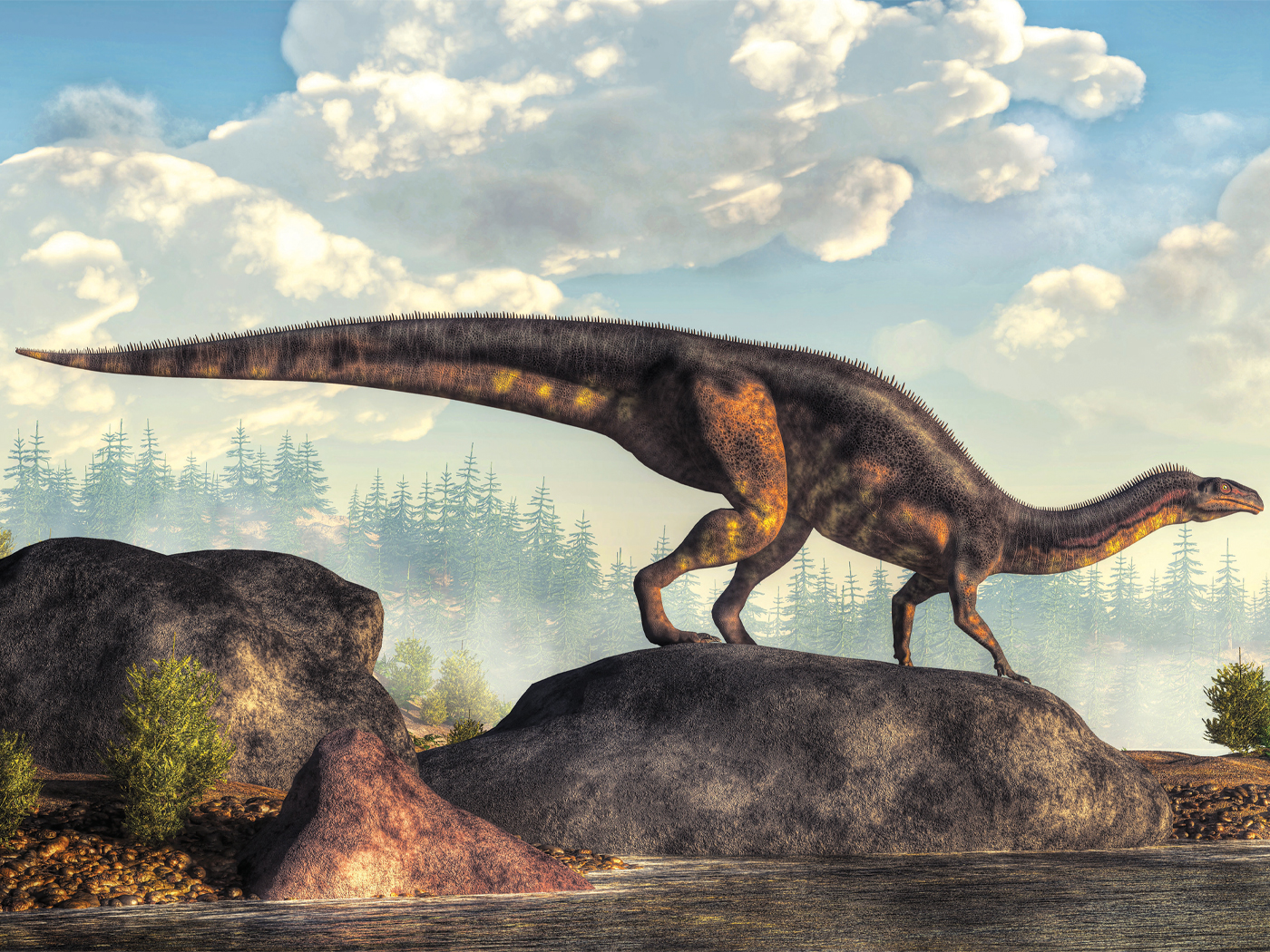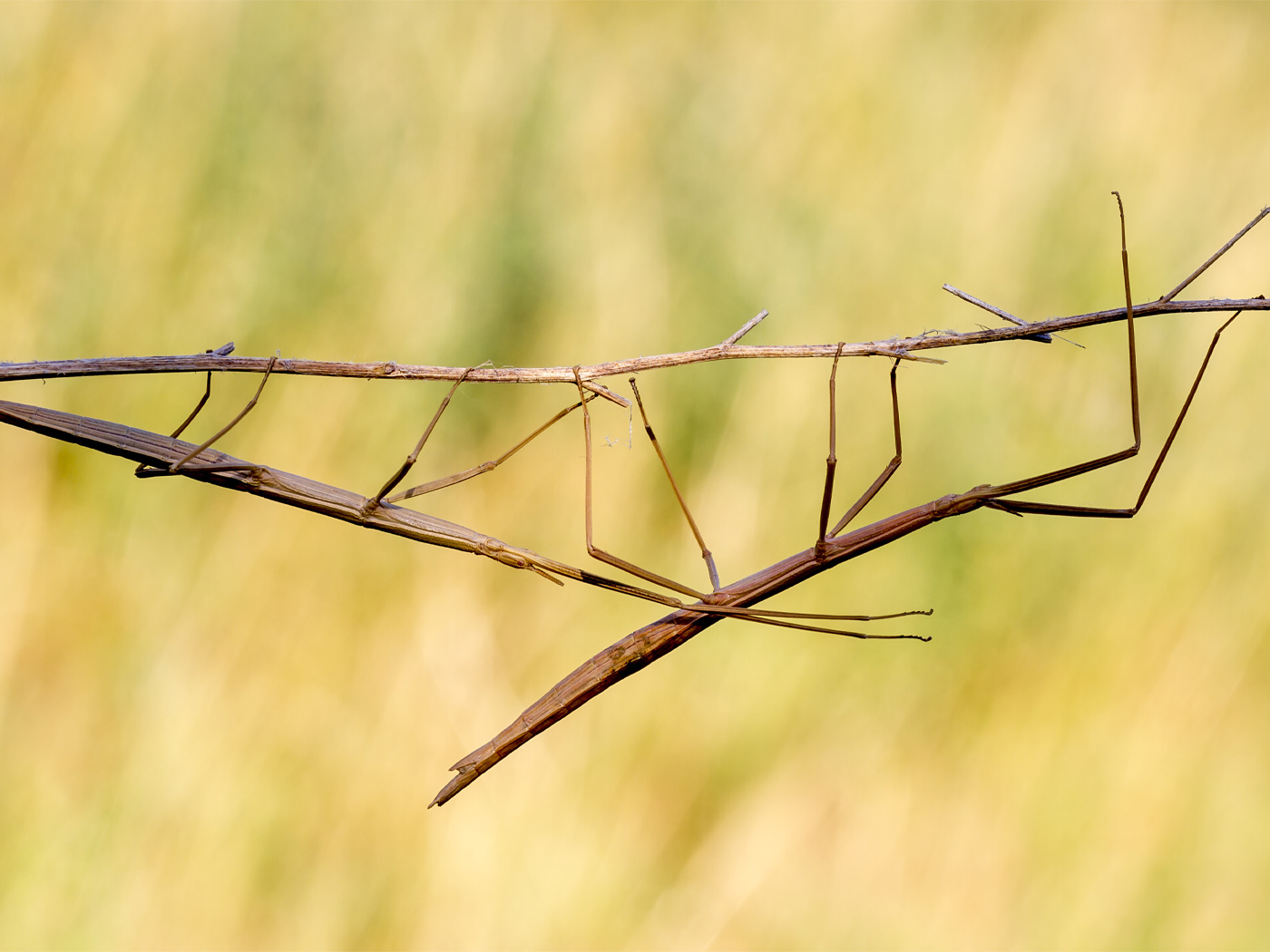Researchers have recently focused on DNA sequences as a means for determining the evolutionary history of both viruses and their host organisms. To discover when mammals were first infected by them, a team of scientists scanned the genomes of all mammals. They searched for common DNA sequences that they interpret as having come from a retrovirus that entered mammals long ago. What they found, however, was evidence that confutes not only the evolutionary dates, but also the mechanism that supposedly drives evolution.
The team found a particular DNA sequence that looks like a retrovirus, named SloEFV, embedded in the sloth genome.1 Retroviruses have been said to be part of “junk DNA,” considered by many to be genetic leftovers from an evolutionary past. These viruses operate by inserting their DNA into the genome of the host organism. Many retroviruses, and viruses in general, are species-specific.2
In their study published in Science, the researchers correlated the evolutionary time of “divergence” for SloEFV (i.e., the time when it supposedly split off from its ancestor virus) with the assumed evolutionary date of divergence of its sloth host, along with several other hand-picked mammals, citing this correlation as evidence that the SloEFV evolved at least “39 million years” ago.1 However, this age was entirely dependent on tying the molecular data to the evolutionary timeline presumed to exist in the related fossil data—an example of circular reasoning that actually proves nothing.
For example, the technical background provided with the study stated, “We estimated a neutral evolutionary rate for Xenarthan nuclear genes using a previously published alignment of three nuclear genes.”3 Xenarthans are a group of mammals that include sloths. The observable data is merely gene sequences, which can be aligned for comparison. These were then dated based on an assumed evolutionary history. But many differences between similar sequences might well reflect an original design that has since been altered, rather than divergence from some hypothetical common ancestor.
However, even if the time of divergence is accepted as accurate, for the sake of argument, it leads to a disturbing conclusion. The viral genetic sequence (SloEFV) changed only a tiny amount over those supposed 39 million years. The same SloEFV sequence has “persisted in a surprisingly unchanged form until today, supporting the idea that evolutionary constraint can maintain viral genomic conservation over many millions of years despite exceptionally high short-term rates of mutation.”1
In other words, these researchers want to have their cake and eat it, too. They espouse that evolution explains why gene sequences like SloEFV change rapidly over time, as well as why SloEFV in particular has changed hardly at all. Which is it?
The persistence of such extremely similar sequences in sloths and a modern retrovirus that infects sloths does not necessarily support the idea that evolution can maintain sequence integrity over eons. On the contrary, the rapid rate of change known by observation to take place in retroviral genomes, together with the similarities found in them today, supports the idea that the evolutionary time scale is “many millions of years” in error because the origin of both sloth and virus looks recent.
References
- Katzourakis, A. et al. 2009. Macroevolution of Complex Retroviruses. Science. 325 (5947): 1512.
- Many genetic sequences that look like they were derived from retroviruses have been found to provide essential regulatory functions within those animals. Therefore, it is possible that SloEFV, though it shares features in common with sequences derived from retroviruses, actually was engineered into the sloth genome from the beginning. See Doyle, S. 2008. Large scale function for ‘endogenous retroviruses.’ Journal of Creation. 22 (3): 16.
- Katzourakis, A., et al. 2009. Macroevolution of Complex Retroviruses. Science. 325 (5947): 1512. Supporting online material, posted on sciencemag.org in conjunction with the article.
* Mr. Thomas is Science Writer at the Institute for Creation Research.
Article posted on October 12, 2009.




